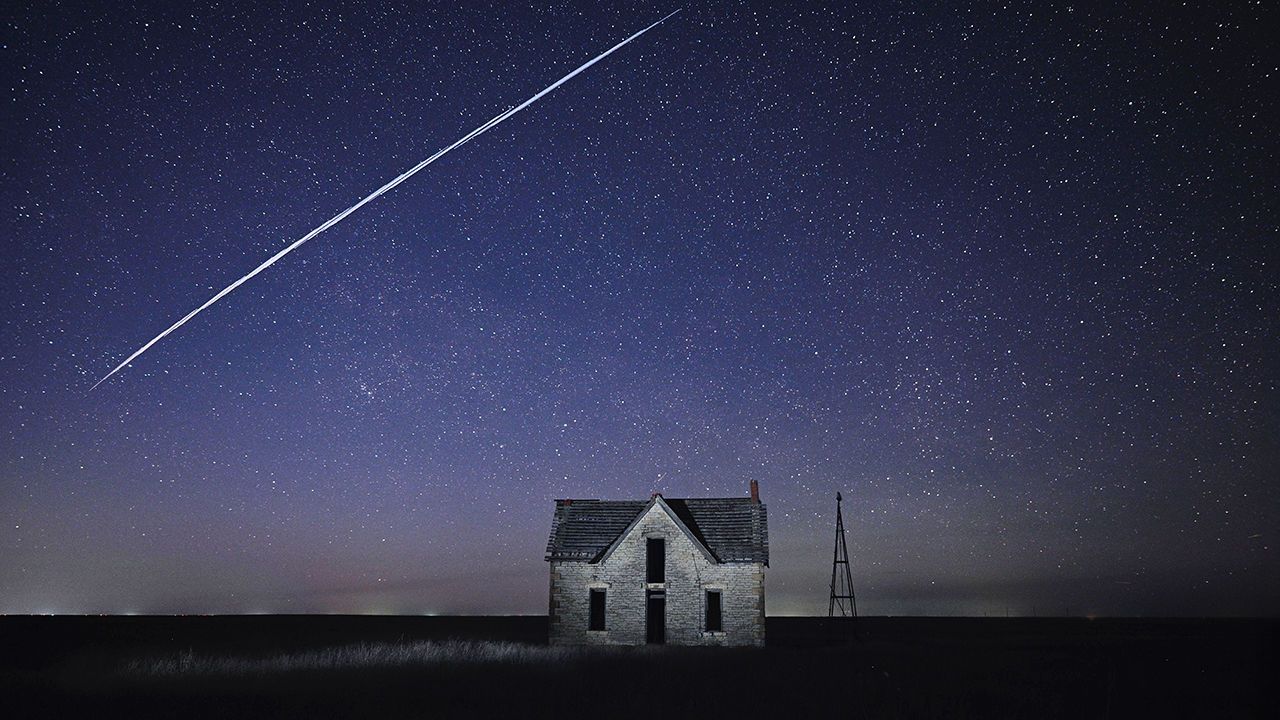The latest news from Mars
NASA’s rover has imaged what could be the remnant of an ancient river delta

The hill in the distance, 50 metres high and known as Santa Cruz, is thought to be the remnant of an ancient river delta. The rounded boulders lying in front of it are a type named Ch’ał (a Navajo word for frog), and contain pyroxenes. These are minerals made from silicon, oxygen, aluminium and a smattering of calcium, sodium, iron, magnesium and other metals. The image itself was taken by Mastcam-Z, an instrument on NASA’s Mars rover, Perseverance, near its landing site in Jezero crater. It was released this week as part of a trio of papers that detail the mission’s most comprehensive geological investigations yet. For more than 20 months, Perseverance has trundled around the Martian surface and, with its suite of spectrometers and cameras, has analysed the regolith and rocks in its immediate vicinity. If microbial life ever did exist on Mars, there could be clues to its nature hidden in the geology (or, strictly speaking, areology) of the regolith lying around in Jezero today.■
This article appeared in the Science & technology section of the print edition under the headline “Perseverance perseveres”

From the November 26th 2022 edition
Discover stories from this section and more in the list of contents
Explore the edition
Satellites are polluting the stratosphere
And forthcoming mega-constellations will exacerbate the problem

AI models are dreaming up the materials of the future
Better batteries, cleaner bioplastics and more powerful semiconductors await

Mice have been genetically engineered to look like mammoths
They are small and tuskless, but extremely fluffy
Is posh moisturiser worth the money?
Don’t break the bank
How artificial intelligence can make board games better
It can iron out glitches in the rules before they go on the market
The skyrocketing demand for minerals will require new technologies
Flexible drills, distributed power systems and, of course, artificial intelligence








